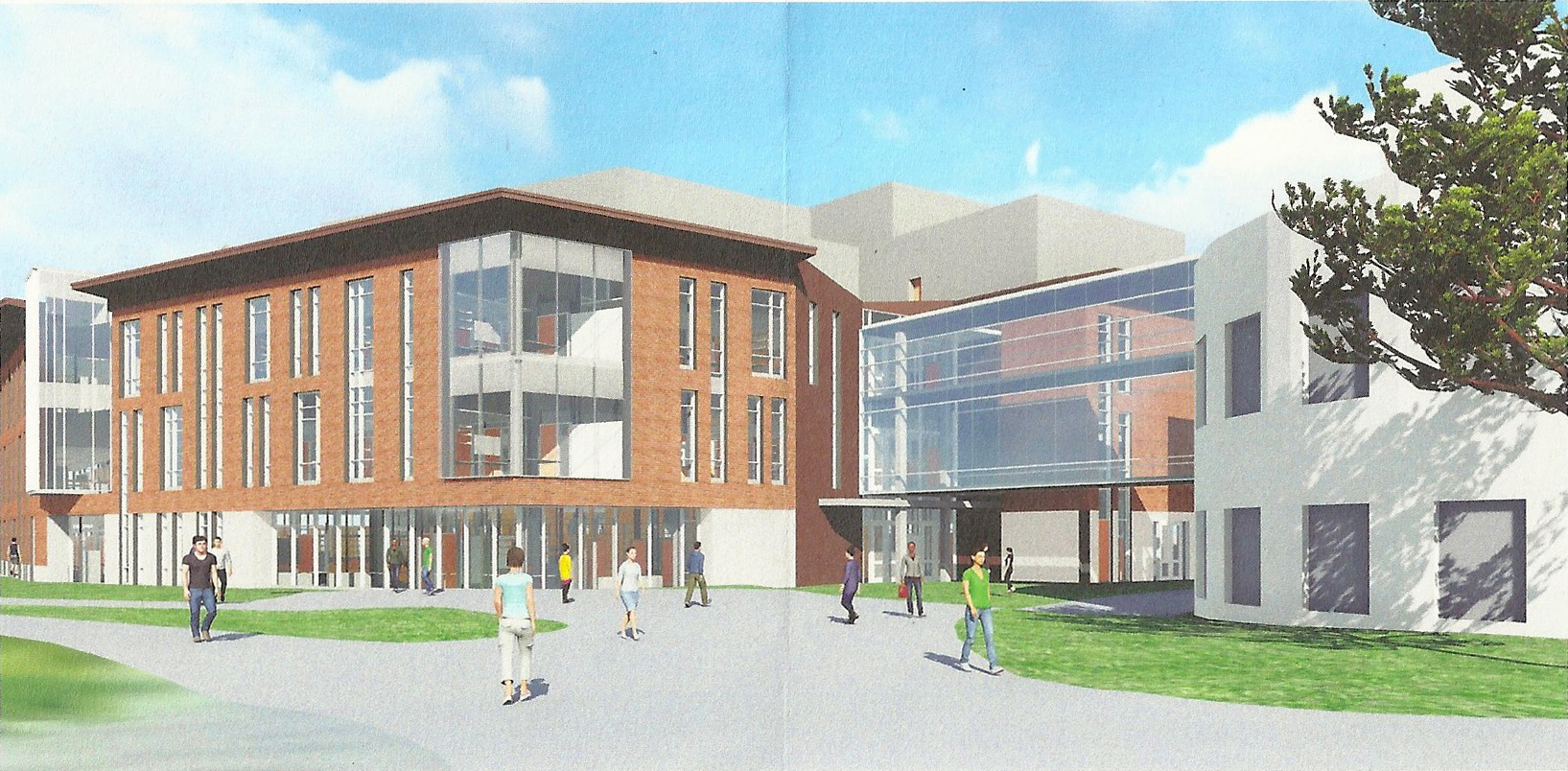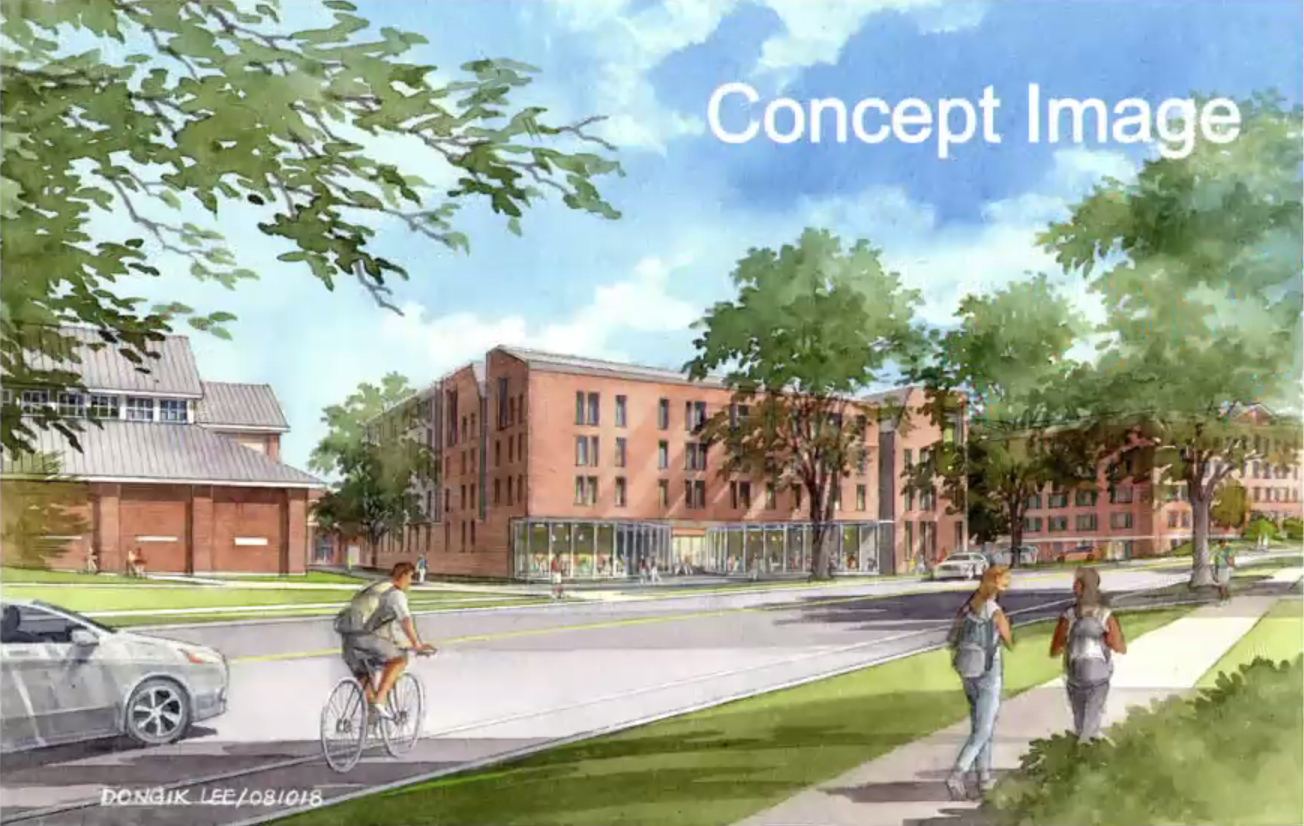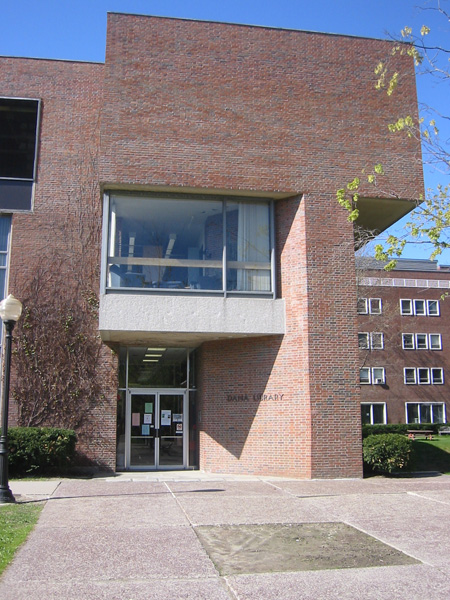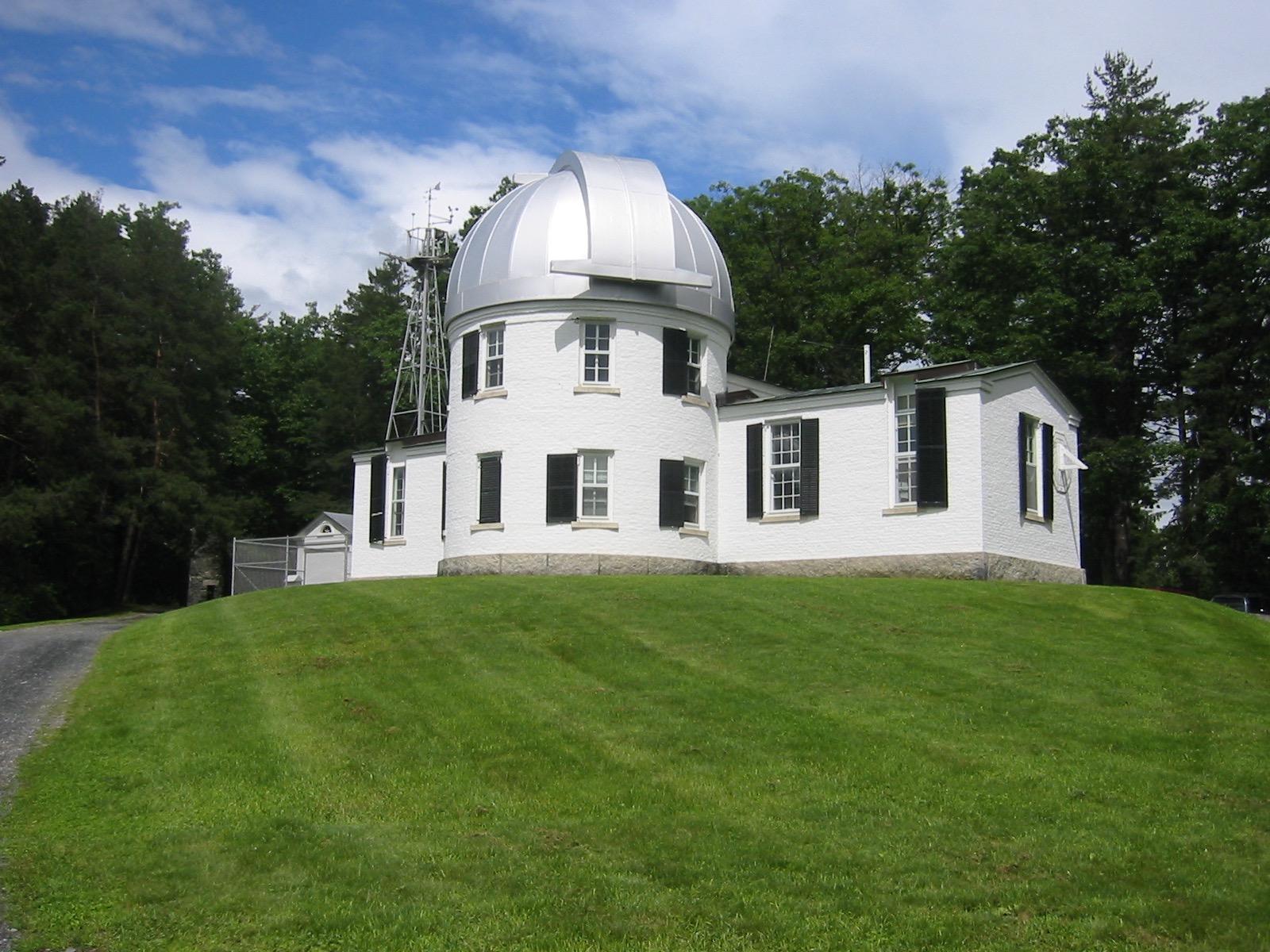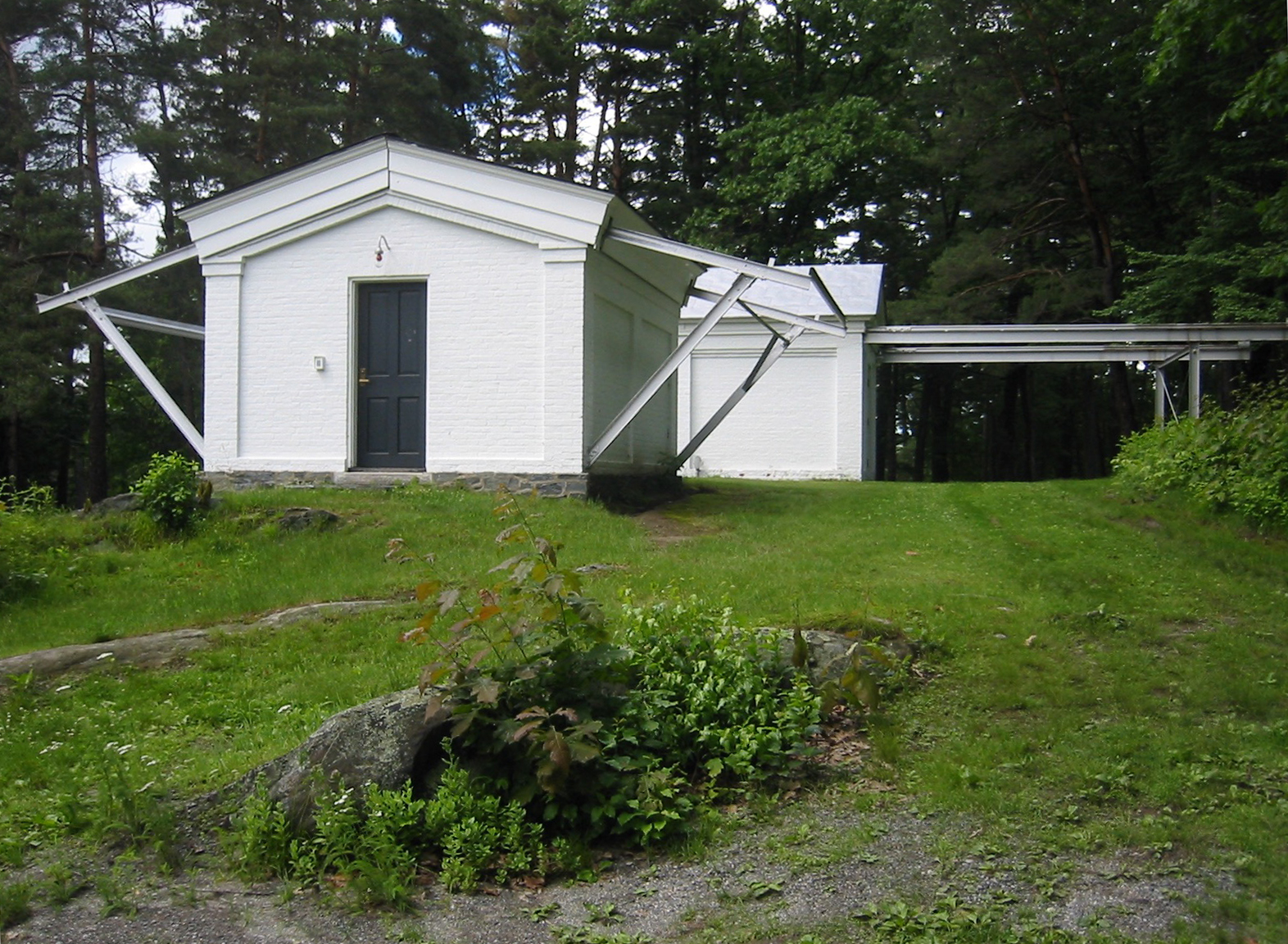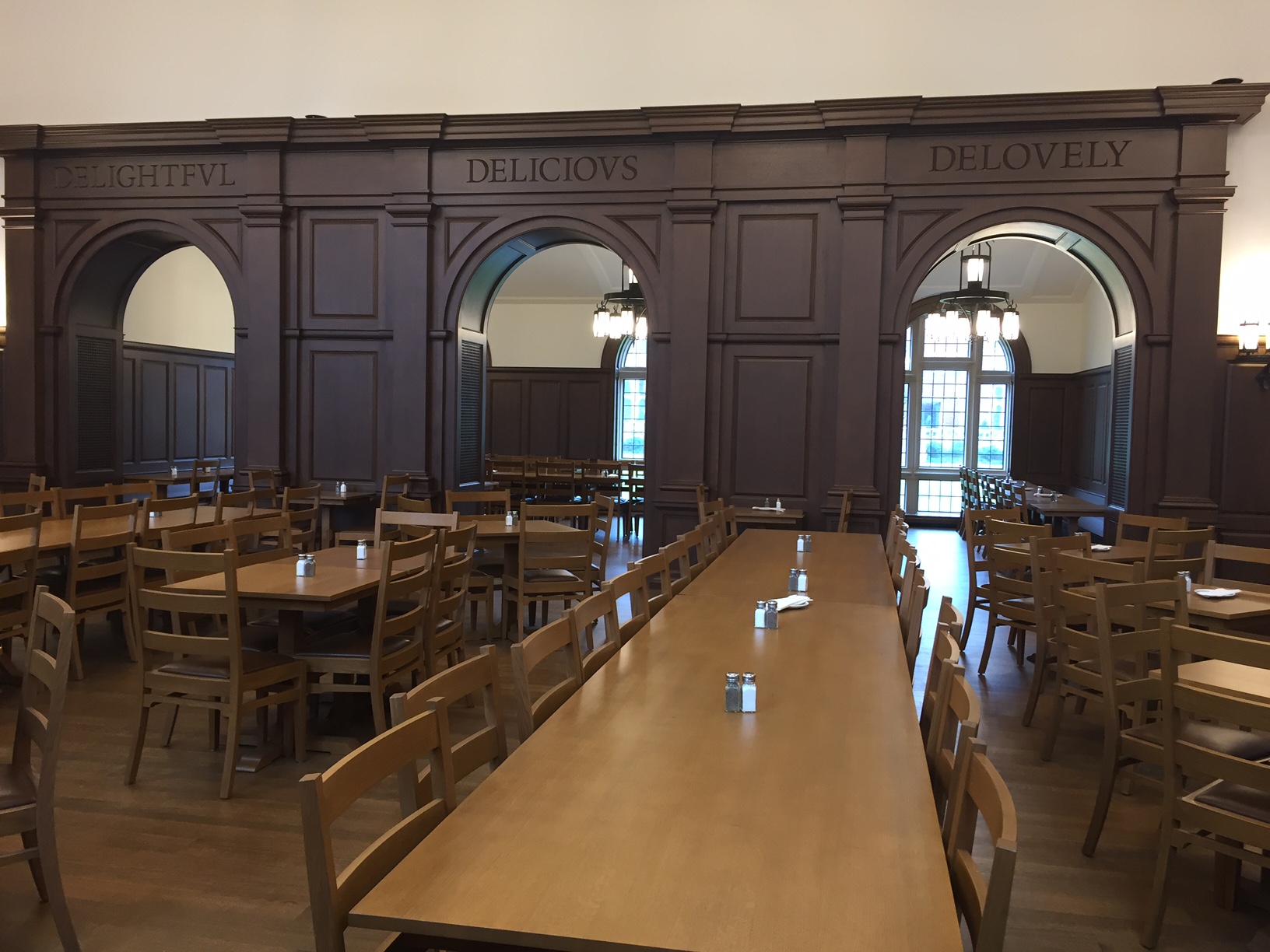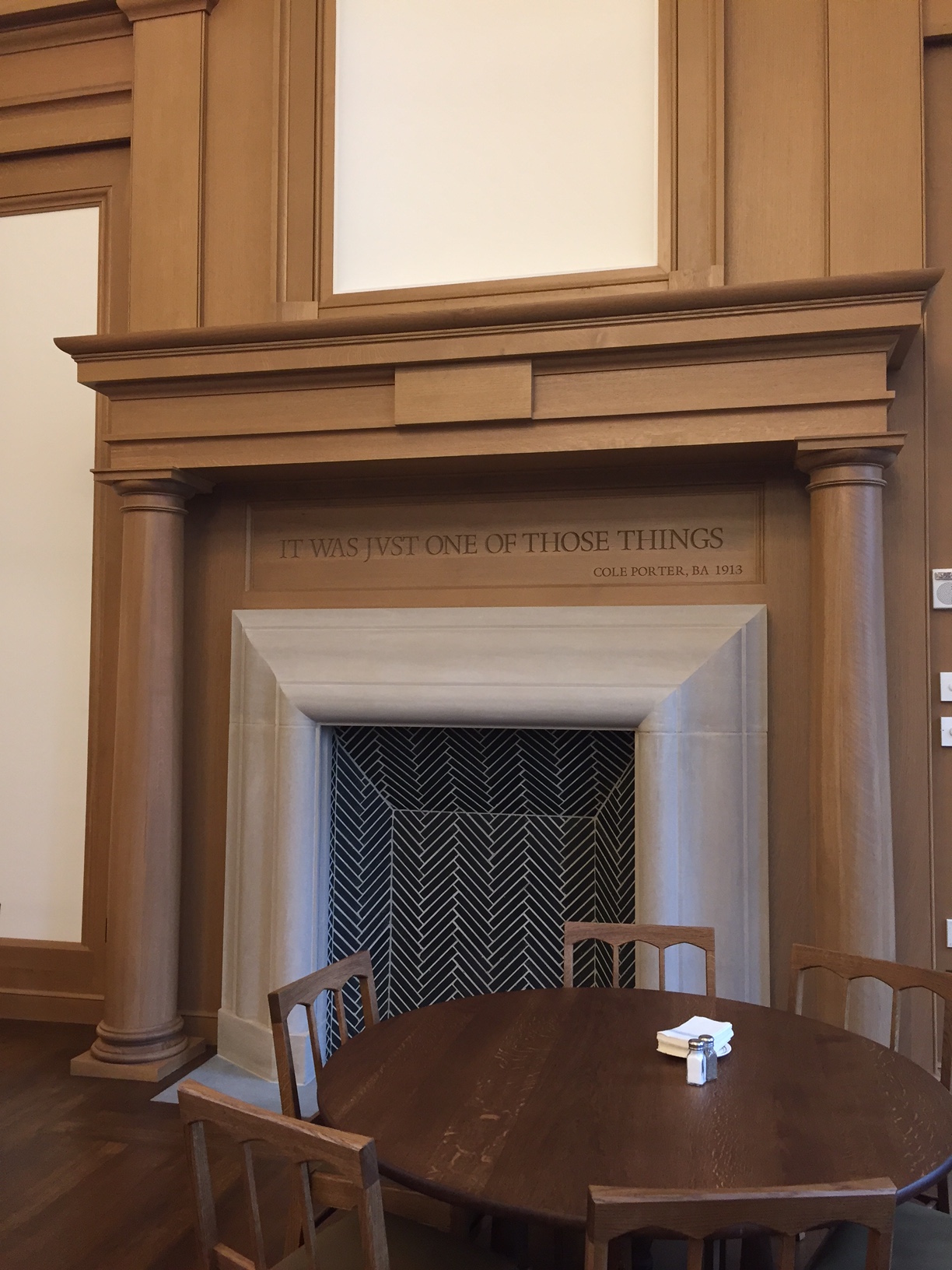First, the most important news: The college “will be decommissioning the current power plant, removing the stack and repurposing the building” (Planning Board Meeting Minutes 5 February 2019 pdf). That is reassuring. Naturally one would love to see the landmark 1958 stack retained as well and repurposed as a memorial column or a pedestal for public art, but we will take what we can get.
At a public meeting last month, the college revealed the three places that are in the running to become the site of the replacement heating plant (Valley News 22 May, Dartmouth News, The Dartmouth). The sites are:
1. The hill behind the Dewey parking lot, east of Rope Ferry Road and Occom Pond. This would not be the first power plant in the neighborhood, of course: the MHMH plant had a tall smokestack and stood in the parking lot behind 5 Rope Ferry Road (roughly behind the red BMW in this photo from Google Street View):
2. A site along Lyme Road by the Hanover Country Club’s maintenance facility garage at the south end of the golf course. This is the best we can do on Street View:
3. The third location is the former home of Trumbull-Nelson Construction Co., next to the Hanover Public Works Department, on Route 120.
The third option is the most distant and seems to be the only one that would not require trucks full of wood chips to drive through the center of town several times a day. That site would require a lengthy insulated underground pipeline to link up with the existing steam tunnel and pipe network, however. The pipeline can be no more than two miles long if it is to be efficient (Planning Board pdf). According to the map above, the route to the T-N site is about 1.6 miles, following roadways.
Because of its distance from campus and the possibility that it would keep some trucks out of town, the favorite site among the public seems to be the T-N site (Valley News 23 May).

